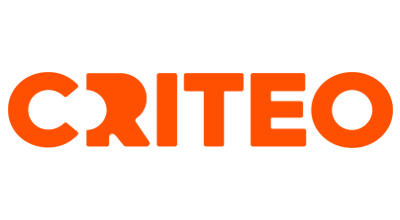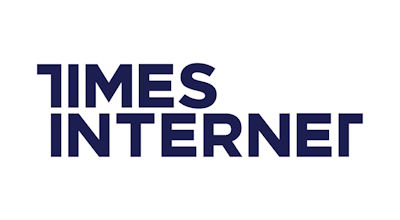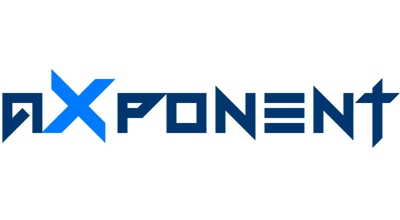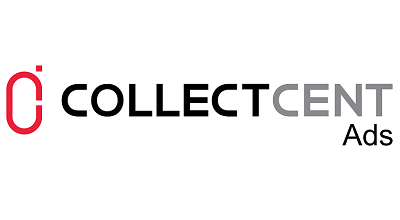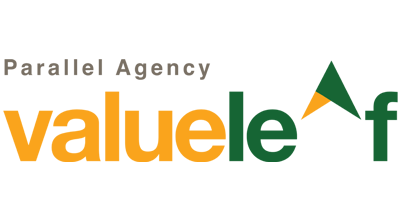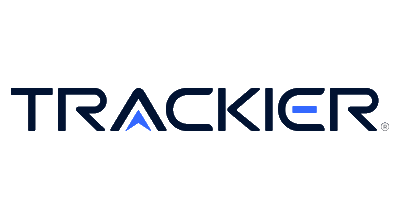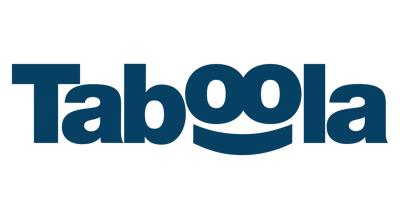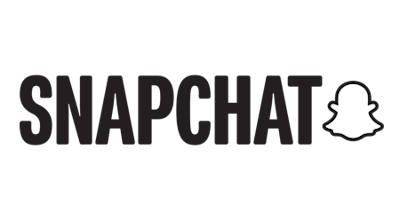Kotak has emerged from the legacy field of Indian banking to embrace modern technologies like 811, higher interest rates and other features to appeal to other modern Indian client, and provide competition to international banking conglomerates in India. How has the journey been, and how can Indian brands truly stand out in the face of increased competition from international players.
Interestingly, in banking at least, it’s not international players that are presenting any big threat just yet. Yes, initiatives like 811, India’s first downloadable banking product, as well as our superior savings account rates, coupled with myriad other benefits like the ability to book train, bus, air and cinema tickets, buy books etc within the banking app itself have really helped Kotak distance itself from the legacy players in the banking space in India. Our first million customers took us 8 years, the next 2 million took just 4, thanks to the 6% offering. Similarly, we were 8mn accounts in 2017 when we launched 811, and within a year, we added another 5mn, growing more than 60% year on year.
Acceptance of online marketing in India has seen a sharp rise, and most urban consumers need not even visit the bank branch or call helpline numbers anymore. How has this trend influenced Kotak’s marketing spends overall, and specifically digital marketing budgets?
More than the growing avenues of online marketing, it is RBI’s revolutionary move to permit KYC to happen via OTP linked to Aadhaar that has changed the game forever. Now every Indian, regardless of which town or village they live in, can get access to the same high-end banking services their city cousins were enjoying, within a matter of minutes. This has certainly given players like Kotak an opportunity to invest heavily in digital marketing, to the point where our traditional budgets now pale in comparison.
What have been the challenges that you faced in the banking space, when it comes to growing the portfolio beyond urban areas to achieve growth from tier 2 markets or media dark regions?
Actually, we are having a problem of plenty right now. We have unprecedented demand, even from markets where we don’t have a physical presence, because, as always, the consumer is way ahead of the category in their maturity. They are perfectly happy to buy and consume our products even without us having a branch in their vicinity. Media dark regions still present a challenge, of course, because more than cable reach, its electricity that’s the real issue. Needless to say, growing smartphone penetration is helping here as well.







